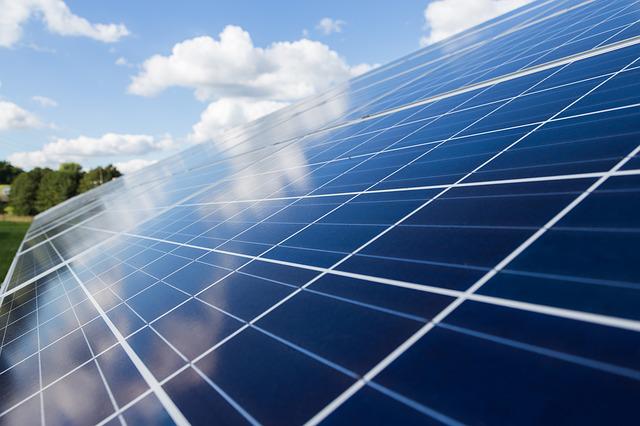India’s commitment to renewable energy and sustainability has positioned the country as a leader in the global green energy market. With a focus on clean and sustainable solutions, India aims to meet its growing energy demands while reducing its carbon footprint. Hardeep Singh Puri, the Minister of State for Power and New & Renewable Energy, emphasized India’s potential to lead the way in meeting global green energy demands.
India has set ambitious targets to increase the share of renewable energy in its total energy mix. The government aims to achieve 450 gigawatts (GW) of renewable energy capacity by 2030. This target includes 280 GW of solar power, 140 GW of wind power, 10 GW of biomass energy, and 5 GW of small hydropower. These targets are part of India’s larger commitment to the Paris Agreement, which aims to limit global warming to well below 2 degrees Celsius.
The Indian government has implemented numerous policies and initiatives to promote the adoption of renewable energy sources. One such initiative is the International Solar Alliance (ISA), launched in 2015 in collaboration with France. The ISA aims to mobilize more than $1 trillion of investment to deploy over 1 TW of solar energy globally by 2030. This initiative has gained significant support, with more than 80 countries already joining the alliance.
India’s solar power capacity has witnessed impressive growth over the years. As of October 2021, the country’s installed solar capacity stands at approximately 44.18 GW. The government plans to increase this capacity to 280 GW by 2030, contributing significantly to the global solar energy market.
Wind energy is another key focus for India. The country has abundant wind resources, especially along its coastal regions. Currently, India has an installed wind capacity of around 41.67 GW. The government has set a target to increase this capacity to 140 GW by 2030. This expansion will create new opportunities for investment and job creation in the wind energy sector.
India’s efforts to promote green energy are not limited to solar and wind power. The country is also exploring other renewable energy sources such as biomass and small hydropower. Biomass energy, derived from organic matter, has the potential to provide a reliable and sustainable source of energy. India aims to achieve 10 GW of biomass energy capacity by 2030. Similarly, small hydropower projects, which harness the energy of flowing water, are being developed across the country. The government plans to achieve a capacity of 5 GW from small hydropower projects by 2030.
The expansion of India’s green energy sector is expected to have significant economic and environmental benefits. The adoption of renewable energy sources will reduce the country’s dependence on fossil fuels, lowering greenhouse gas emissions and improving air quality. Additionally, the green energy sector will create new employment opportunities and contribute to economic growth.
Moreover, India’s focus on green energy aligns with the country’s vision of Atmanirbhar Bharat (self-reliant India). By harnessing its own renewable energy resources, India can reduce its dependence on imports and strengthen its energy security. This strategic approach will have long-term benefits for the country’s economy and sustainability.
In conclusion, India is well-positioned to lead in global green energy demand. With ambitious targets and robust policies, the country is on its way to becoming a renewable energy powerhouse. The government’s focus on solar, wind, biomass, and small hydropower, coupled with initiatives like the International Solar Alliance, demonstrates India’s commitment to a sustainable future. As India continues to prioritize clean energy, it will not only meet its own energy demands but also contribute significantly to the global green energy market.



